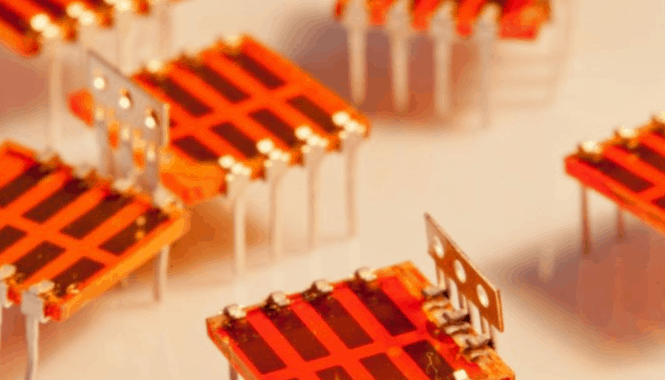New findings from a team at the U.S. Department of Energy’s (DOE) Argonne National Laboratory mean we are one step closer to smart solar windows. This will help future buildings generate their own energy and move cities one step closer to being self-sustainable.
Smart Solar Windows – Solar Cells in Windows
Jacqui Cole, a materials scientist originally from the University of Cambridge and currently based at the Argonne National Laboratory, works with colleagues to determine the molecular structure of working solar cell electrodes. They placed them within a fully assembled device that works just like a window – these dye-sensitized solar cells are transparent and work well in conjunction with glass due to their flexibility and thin, see-through electronic circuits.

Although there have been improvements in transparent solar technology and smart windows, this is a significant technology increase as previously the interactions and unknown molecular mechanisms between the electrodes and electrolyte weren’t understood very well (i.e. how the dye interacts with the semiconductor).
“Most previous studies have modeled the molecular function of these working electrodes without considering the electrolyte ingredients,” Cole was quoted on the ANL website. “Our work shows that these chemical ingredients can clearly influence the performance of solar cells, so we can now use this knowledge to tune the ions to increase photovoltaic efficiency.”
Research in Nanoscale earlier this year (which also came from Argonne National Laboratory) showed that certain chemical ingredients can influence the photovoltaic performance of solar cells – and a ‘modest boost’ in performance would be enough to make the cells competitive, according to Cole. She noted that manufacturing dye-sensitized solar cells is ‘very cheap’ in comparison to other solar cell tech.
Although the organic dyes (such as the one used in this study, called MK-2) are still in lab trial stages, metal organic dyes are starting to become commercialised. For example, a building in Graz, Austria (the Science Tower) uses windows that generate renewable energy at the top sections of its tower.
We’ll keep you updated with any news on solar windows and their real-world application. Some huge steps forward being made in this area recently!


